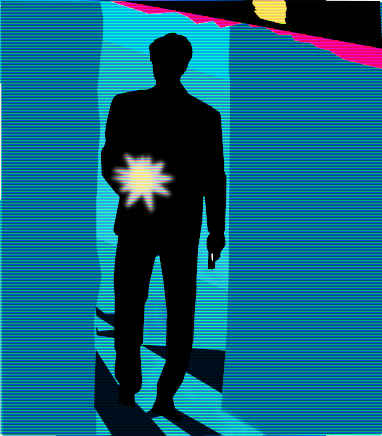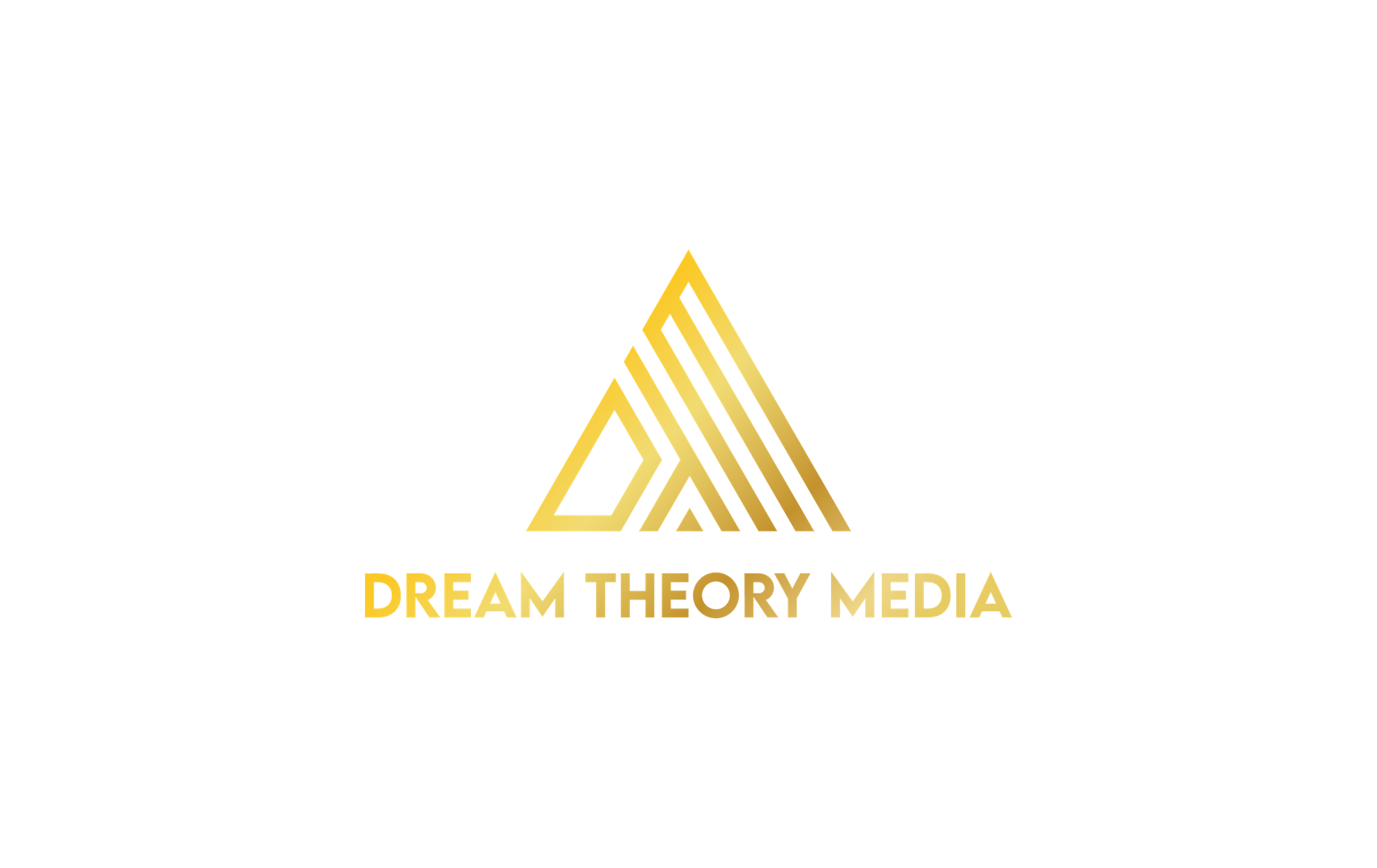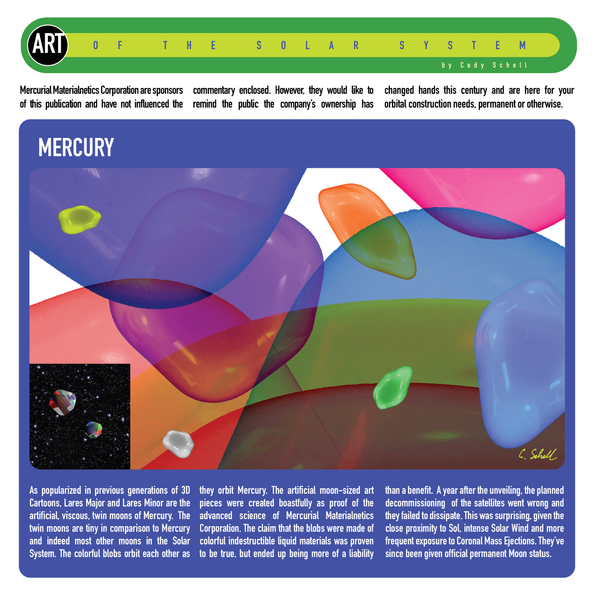A Personal History of Horror Films in 101 Quirky Objects #58: Tattler Reporter Freddy Lounds’ paparazzi shot of former FBI Profiler Will Graham in Manhunter (1986)

by Vince Stadon
“Because everything with you is seeing, isn’t it? Your primary sensory intake, that makes your dream live, is seeing.” – Will Graham
Manhunter is all about seeing. Francis Dollarhyde is murdering families because he has seen prints of William Blake’s The Great Red Dragon and the Woman Clothed with the Sun, and in his dreams, he is the Great Red Dragon: an awe-inspiring god, loved and feared and desired. Francis smashes the mirrors in the murder houses and places shards in the eyes of his victims so that they might appear to be alive, and in their admiring gaze he will see himself reflected. In death, they see the Great Red Dragon. More than anything, it is the way the dead women "look” at him as he stands exultant before them, naked and drenched in their blood, that fuels the Becoming of the Great Red Dragon. The other victims are unimportant.
Will Graham knows that to catch the killer he must see through his eyes and understand his dreams. He’s been through this process before, to catch other killers—notably Dr Hannibal Lecktor (spelled differently here because of copyright issues)—and it nearly cost him his life, so he’s understandably not keen to do it again. This is all pretty grim stuff. There’s not much levity.
In place of fun, we have beauty. Manhunter is an art film. It looks like America in the mid-‘80s, if America in the mid-‘80s was the dark and beautiful collective dream of some of the smartest men in America: Thomas Harris, Michael Mann, Dante Spinote (cinematographer), FBI forensic profilers, Dr Hannibal Lecktor. And they’d all be wearing pastel-coloured designer suits with pencil-thin woollen ties and listening to synth-drenched incidental music and staring moodily out of rain-streaked windows, seeing their grim-set weary faces in dark watery reflections. Seeing the mad dreams of dragons.
This is a brilliantly photographed film about super-intense men forensically scrutinising photographs (and video footage), accompanied by Japanese synth-rock, emotive power pop, and In-a-Gadda-Da-Vida. So, let’s furrow our brows, roll up our jacket sleeves, press play on our Sony Walkmans, and take a look at some of the photographs in Manhunter.
Snapshots of the Leeds family and the Jacobi family. Two charming photos of two adorable young families. The Leeds have a scotty dog; the Jacobis, a cat. The children are very young. Mrs Leeds and Mrs Jacobi are very beautiful women: they have a "bloom.” Jack Crawford, super-intense moustached Agent-in-Charge of the Behavioural Science Unit of the FBI, slides these two photos across to his retired protégé, super-intense stubble-bearded Will Graham. “If you can’t look,” says Crawford, “I’ll understand.” But Will has to look, has to see these families, knowing that if he does not help find the killer, then there will be other butchered families, more photos for Crawford to show him. And as Will looks, his own family approaches him on the beach. Later, Will clips these photos to the cover of the case file, as a reminder of the stakes involved, and when he looks at them, as he does often, we know Will is seeing his own family.
Crime scene photos of the Leeds and Jacobi families. These are in the case file Graham carries around with him, and which he shows to Dr Lecktor. In the novel, Graham knows that Lecktor will devote most of his time looking at the photos rather than reading the report. Later, Graham is on a flight to Atlanta, the casefile on his lap, when he falls asleep. The file spills open, revealing the crime scenes photos of the murdered women. The little girl sitting next to Graham is horrified, and a flight attendant hurriedly tidies the photos back into the file as a sleepy Graham wakes, and the aircraft flies through a golden sunset. I once went on a Jack the Ripper tour of London’s East End, and the tour guide showed the group crime scene photos of the murdered women. I couldn’t look. I don’t have the stomach. I still wonder if it’s more respectful to look than not to look.
Tattler reporter Freddy Lounds’ paparazzi shot of Will Graham. Graham’s visit to Dr Lecktor to “recover the mind-scent” ends badly, with Lecktor bluntly telling Graham that the reason Graham caught him is because they’re just alike. This leads to Graham running away as he has a panic attack. He races down the long white spiral staircase of the hospital (in reality, an art gallery; where else would Michael Mann choose to incarcerate Hannibal Lecktor?) and out of the building to the fresh air, where he loosens his pencil-thin tie, gets control of his breathing, and calms himself. Unluckily for him, parked opposite is sleazy Tattler reporter Freddy Lounds, who considers Graham to be “news.” Lounds had already snapped an inappropriate picture of Graham when Graham had been hospitalized after capturing Lecktor (going so far as to lift up Graham’s robe to photograph his wounds). Now Lounds snaps away with his long lens camera, capturing Graham with his head bowed. “Gotcha!” smirks Lounds. Then we see the morning’s edition of the Tattler, with the photo of Graham on the front page and the headline: FBI MANHUNTER GRAHAM, CONSULTS HANNIBAL LECKTOR, THE FIEND WHO TRIED TO KILL HIM.
This photo has stuck with me ever since I first saw Manhunter in the late ‘80s, but in my recollection I have Graham under the hospital signage so that he is framed under the words CRIMINALLY INSANE; this detail, I now know, is actually from the novel. I have fused bits of Harris’s prose with Mann’s filmmaking so that my mental perception of Manhunter is a strange, dark, beautiful jumble, and it is only when I re-read Red Dragon (and I often do) or watch Manhunter again (and I often do) that each of them comes into focus.
Photos of the "Avid Fan” letter from Francis Dollarhyde to Dr Hannibal Lecktor. This note, written on toilet tissue, is discovered in Lecktor’s cell, and in a sequence that surely gave birth to endless crime scene detection TV drama series, the shit-hot FBI forensic team get to do their shit-hot forensic work and analyse the note for DNA, fingerprints, hair samples, etc. “You’re so sly... but so am I,” mutters a shit-hot FBI forensic analyst. Blown-up photos of parts of the letter are put on display on a green board. That’s a job I could do, if I was on the shit-hot FBI forensics team. Not that I’d ever want to be in the FBI. But if I was a Fed, even a Fed wearing a pencil-thin tie, I could take photos of the correspondence between highbrow serial murderers, then blow up the photos and pin them to a green board, if I could find a green board.
Photos of Lecktor's cell. Mentioned but not seen, staff at the Baltimore Hospital for the Criminally Insane take photos of Lecktor’s cell so they can search it and put everything back in place without Lecktor suspecting. This is, it should be noted, a rather different Lecktor than the more sophisticated anti-hero of later books and films. Actor Brian Cox based his portrayal on the “Beast of Birkenshaw”: Peter Manuel, an American-Scottish serial killer who was convicted of murdering seven people across Lanarkshire and southern Scotland between 1956 and 1958. Dr Lecter (correct spelling) would become a rather witty, clubbable, snobby aesthete – Niles Crane with bloodlust – given a tragic backstory and a love affair with Jodie Foster. But Manhunter’s Lecktor is not witty or fun or likable. He’s an irredeemable psychopath with dead eyes who wants to murder your family.
"Bait” Photograph of Freddy Lounds and Will Graham. Graham decides to offer himself as bait in a sting operation and uses Lounds as the means to do this by having Lounds pose for a photograph with Graham to accompany an incendiary "interview” designed to enrage the killer (“FBI PURSUES PERVERT” runs the front page of the Tattler). Lounds insists on throwing an arm around Graham and generally clowns about because Lounds can’t help himself. He’s like that other ‘80s movie supporting character douchebag: Harry Ellis, the sleazy, coked-up Nakatomi executive who stupidly believes he can cut a deal with (supposed) terrorists in Die Hard (1988). Both Lounds and Ellis are killed, of course, and I for one mourn their passing.
Dollarhyde’s nightmare slideshow. Having kidnapped Freddy Lounds, taken him to the Dollarhyde family house and superglued him to a chair, Francis makes the terrified reporter watch quite the most horrific slideshow ever put together: The Great Red Dragon and the Woman Clothed with the Sun; Mrs Leeds waking up in bed, lit by flashlight; Mrs Jacobi waking up in bed, lit by flashlight; his next chosen victims: a family by the pool, mum in bikini holding a baby; Mrs Leeds dead; Mrs Jacobi after her Changing, the Dragon rampant (thankfully we don’t get to see the murder photos, as the camera cuts away to Lounds’ terrified reaction). Slideshows are always awful, and Microsoft can stop putting PowerPoint on our computers.
Moon photos in Dollarhyde’s house. Michael Mann had been thinking of a serial murderer when he adapted Red Dragon for the screen: Dennis Wayne Wallace, whose obsession with a woman he barely knew fuelled a murder spree in California. Wallace believed Iron Butterfly’s “In-a-Gadda-Da-Vida” was a song specially written for him and about the woman he was stalking, and that the moon held a power that not even late ‘60s prog rock could ever capture... though I’d argue that 6’6” Francis Dollarhyde, his full-colour full-back tattoo of William Blake’s The Great Red Dragon and the Woman Clothed With the Sun covered by a garish shirt, holding a sawn-off shotgun and bursting through a huge blown-up photo of the lunar surface as his home is invaded by armed cops and the FBI who have come to take him down and rescue the terrified blind woman he is about to murder as Iron Butterfly’s “In-A-Gadd-Da-Vida" reaches full pitch... I’d argue that if that doesn’t completely capture the power of a madman’s blood-drenched relationship with the moon, then it’ll do until something better comes along. We may have a long wait.
~
More obvious picks for an object to represent this film: a print of William Blake’s The Great Red Dragon and the Woman Clothed with the Sun; Will Graham’s FBI Dictaphone; the stocking worn by Dollarhyde over his head; "Avid Fan” letter from Dollarhyde to Dr Lecktor
Manhunter (1986); 120 mins; US
Directed by Michael Mann; Written by Michael Mann (based on Red Dragon by Thomas Harris); Produced by Richard A. Roth; Cinematography by Dante Spinotti; Music by Michael Rubini and The Reds
William Peterson (Will Graham); Tom Noonan (Francis Dollarhyde); Dennis Farina (Jack Crawford); Brian Cox (Dr Hannibal Lecktor); Kim Griest (Molly Graham); Joan Allen (Reba McCLane); Stephen Lang (Freddy Lounds)
© 2025 Vince Stadon




